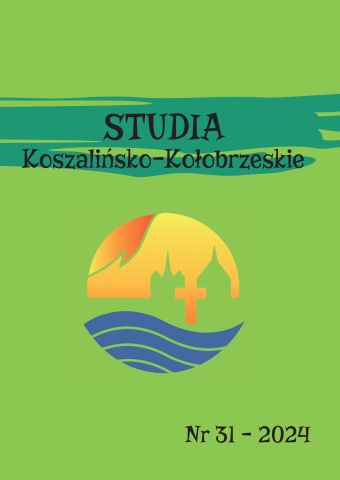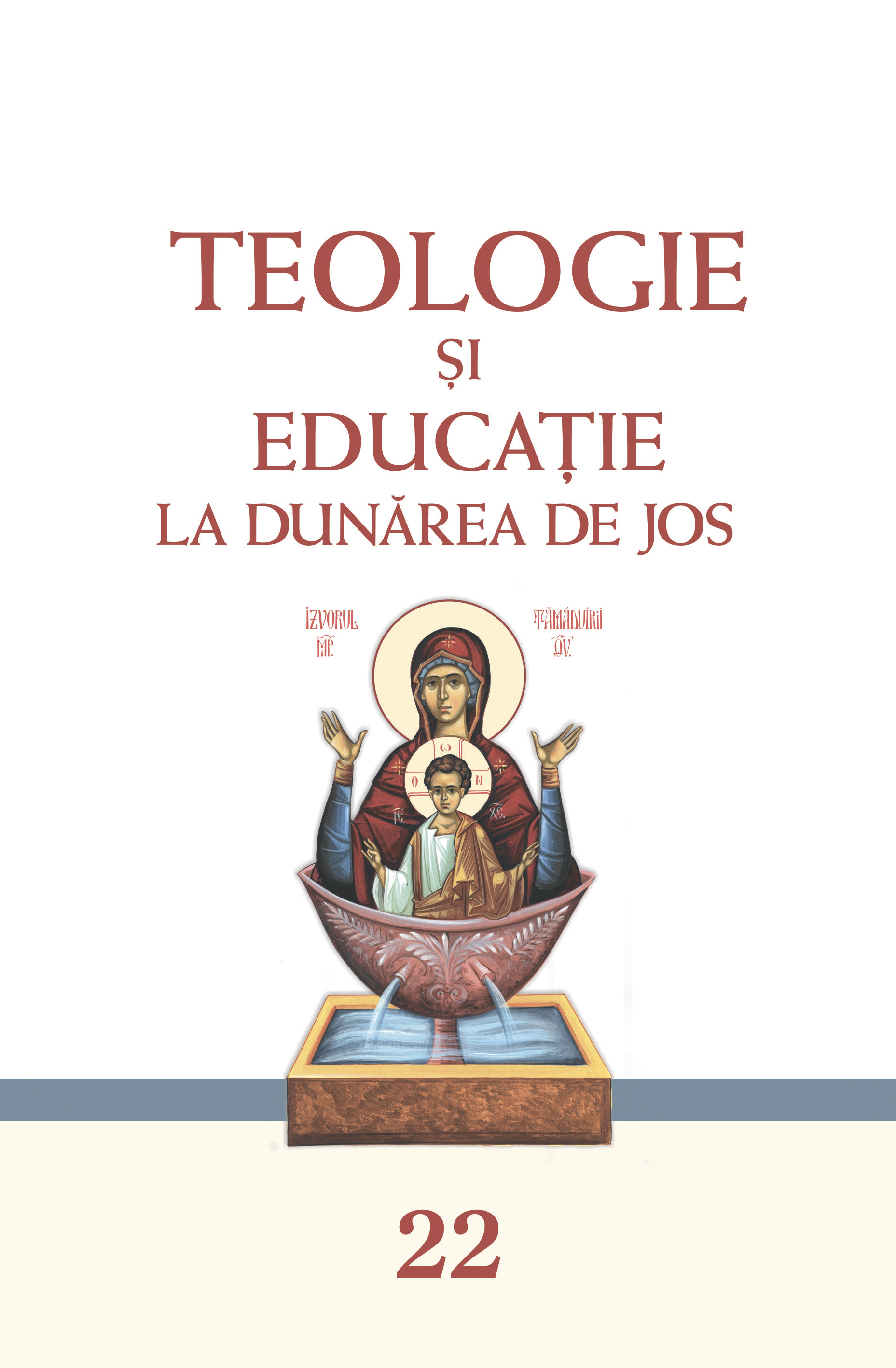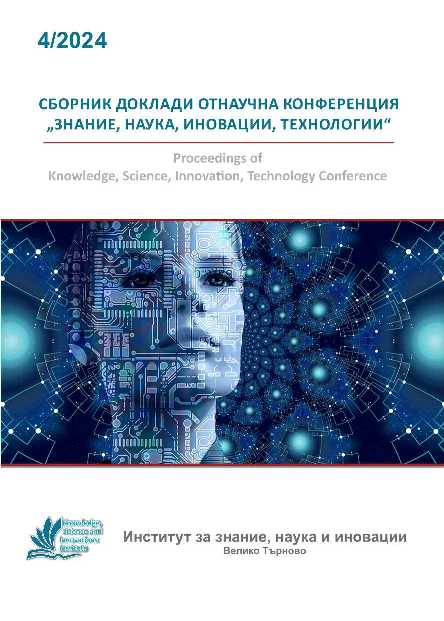
Chrystus fundamentem człowieczeństwa. Jana Pawła II wizja kultury w kontekście kryzysu człowieka i społeczeństwa
The essay presents selected elements of John Paul II’s teaching on culture. The Pope saw culture as the natural environment for humanisation of man. Since European culture was formed through Christianity, Europeans – In order to “be themselves” – need Christ. The Pope persistently promoted a Christological model of culture and the human person. Therefore, warning against anthropological reductionism, he advocated the evangelisation of culture so that it would foster (as a “true” and “authentic” culture) the integral development of the human person and society. During his pontificate, he clearly diagnosed the dangers of the “culture of death”, that is, philosophical currents and social trends that distort the truth about man.
More...

